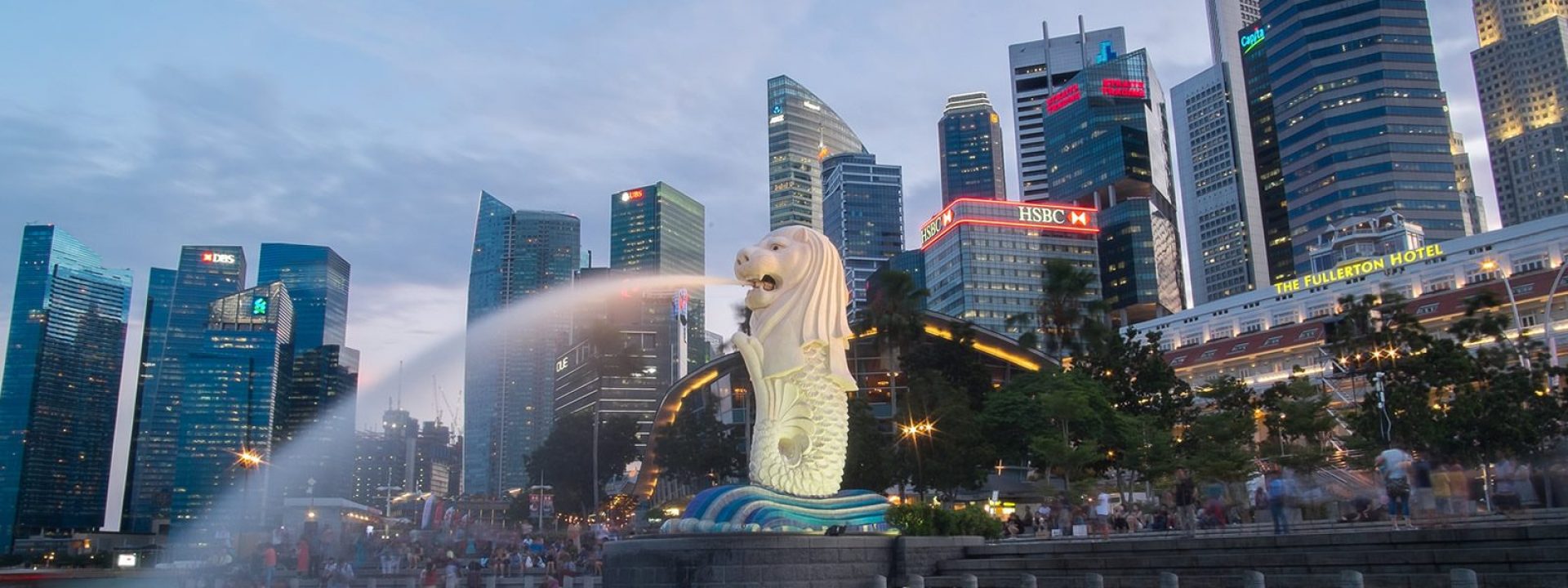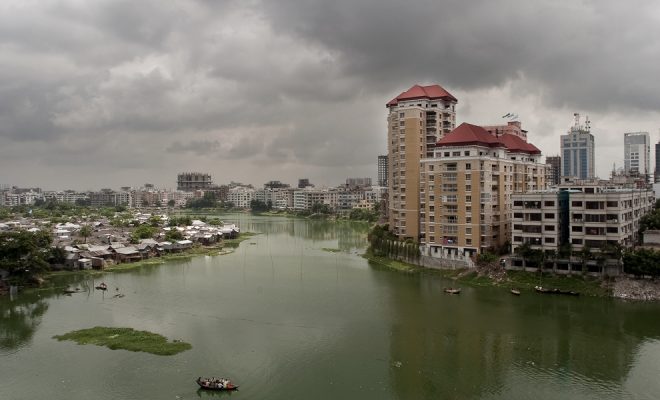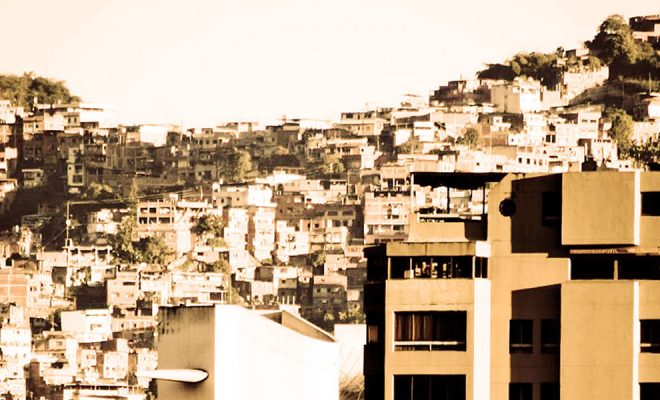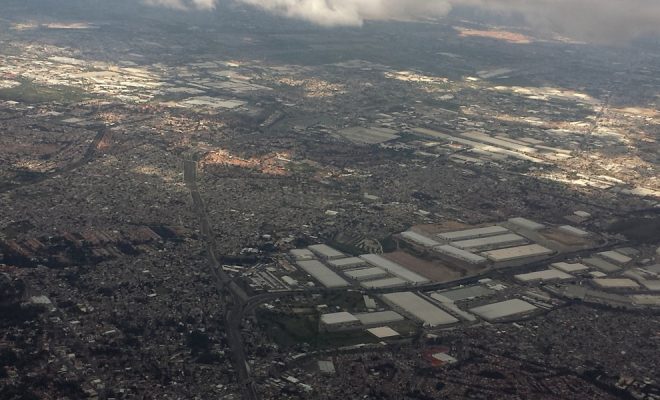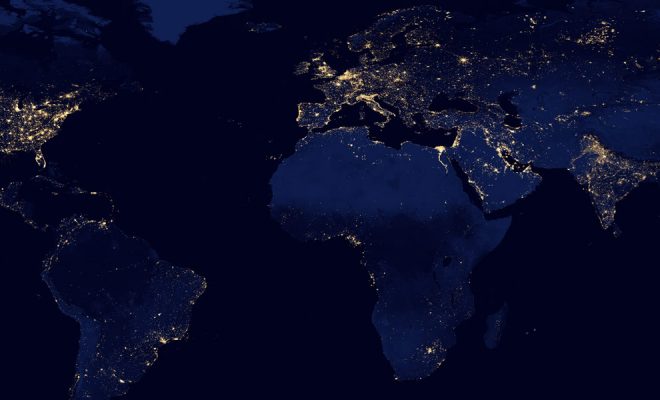Leonardo da Vinci said that “water is the blood of the earth”, the key element of life in our planet. The analogy with the human body that inspired the hydrological and hydraulic studies of the Renaissance genius led him to predict that the overflowed water in great flooding would put an end to life on earth in the same way as the spilled blood put an end to the life of a body. Leonardo had been very impressed in his youth by the flooding that had occurred in his native Tuscany.
The immense pipeline network that allows the supply of water is an artificial extension of the network of streams and rivers that made up the “circulatory system” recalled by Leonardo. This system has always needed technology to operate. From the Greek and Roman aqueducts to the modern distribution circuits, hydraulic engineering has not ceased to evolve to play a role that has been vital for the development of mankind: to control water, managing both the supply and sanitation and predicting the behaviour of rivers and aquifers; life on the planet depends on the good health of this system.
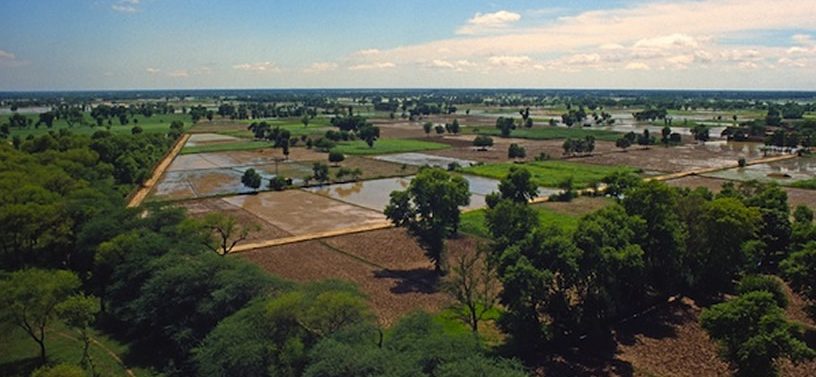
©Professor James Wescoat
A smart water grid for the Indus Basin. Irrigated plains of the Punjab province in Pakistan, viewed from a Mughal tower in Sheikhpura District
Wasted water
Around 4.000 km3 of water flow through an immense network of all kinds of pipelines to reach its destination: 69% irrigates agricultural fields, 19% feeds the industry and 12% is devoted to urban and domestic uses in households.
Due to its age, (there are networks from the 19th century that are still in operation), the structure of the pipeline and its control systems has many deficiencies that cause leaks and waste. If we add other factors, such as natural disasters, armed conflicts and human errors, the losses accumulate. According to the World Bank, we lose 45 million m3 of water every day, the equivalent to 45.000 Olympic swimming pools.
This is the so called Non-Revenue Water (NRW), which is the difference between the volume supplied to the network and the volume registered by the final meters of the process. We could meet the needs of 200 million people with this amount of water, a real waste that is offensive in the areas with water stress, especially in view of the times of shortage that lie ahead due to climate change and demographic growth. We have a rather important rate of NRW in Spain: 23% of the water supplied into the network is lost.
Technology to the rescue
This immense network of pipelines and tanks has been very difficult to control in space and time. If we add the sanitation infrastructures to it, we end up having a very complex organism. In order to handle it efficiently we need to be able to optimize two processes that have not been efficient enough until now: to know how, where and what happens in the network in real time (descriptive analysis) and to know what is going to happen (predictive analysis). A fundamental system made up of sensors, data transmission and data processing is necessary for both processes. Continuing with Leonardo´s analogy: the nervous system.
There are more sensors than humans in our planet and they continue increasing their number. The sensors measure variables that in the case of water are pressure, flow, temperature, certain types of pollution, etc., and transmit that data to a processing centre. This torrent of information feeds the large cloud called Big Data where increasingly capable computer programmes process it, generating automatic control systems that behave depending on what is happening.
This is the essence of the smart cities, which can be seen as large systems of intelligent automation that are able to process as well the information coming from homes, industries and offices, where any device will be connected on a short term basis to the Internet of Things (IoT). But this intelligence can also be applied to agriculture to optimize the irrigation systems and the control of wells, for instance.
But the Big Data does not end here. It allows the predictive analysis of the behaviour of water, processing meteorological and climate data, consumption trends, occasional fluctuations of the population and even epidemics, armed conflicts, migratory movements, trending topics in the social networks and Google queries.
This analysis capacity is shaping the so called smart water grid (SWG), the intelligent water network, the real oracle of the behaviour of water supply and sanitation. With it, operators would achieve a more efficient management and would be able to save large quantities of water and energy, also reducing the cost of flooding and droughts with a better adaptability to climate change. José Luis Martín, Program Officer of ONU Habitat /and member of the Global Water Operators’ Partnerships Alliance (GWOPA) explains this in this video during the Masterclass Water & Jobs organised by the Foundation on World Water Day 2016:
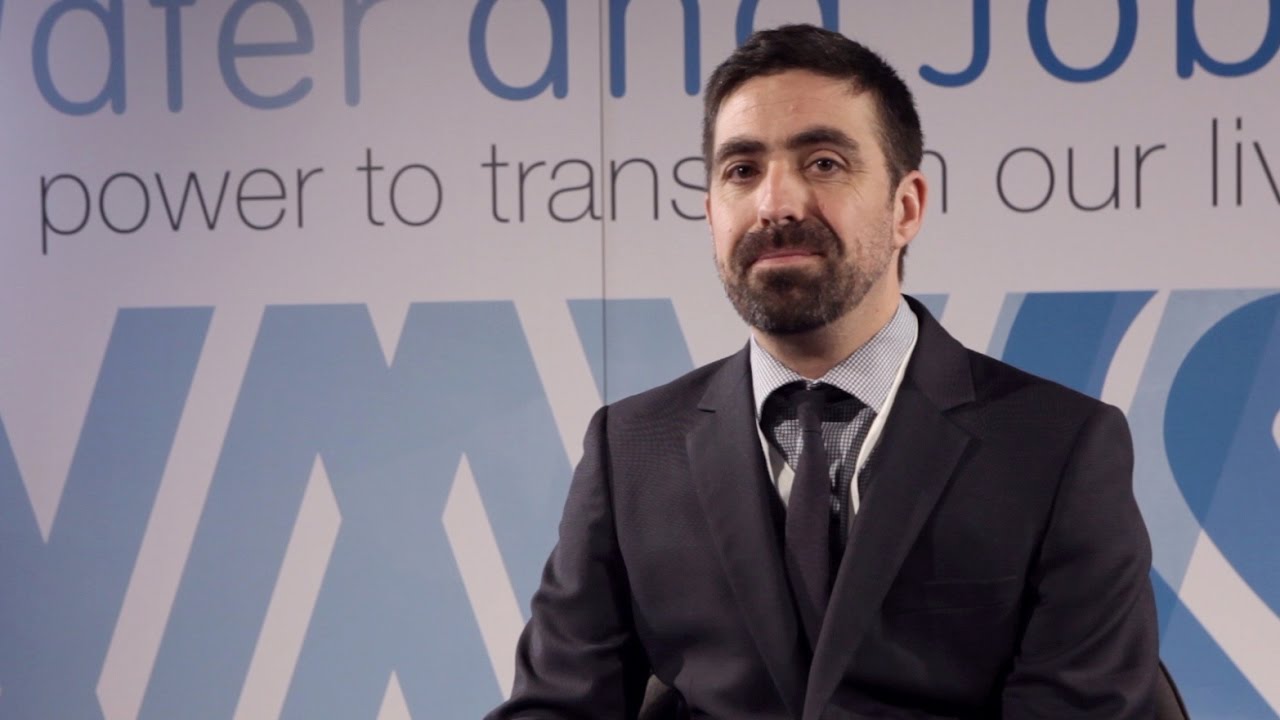
Indeed, in the same way as our brain detects anomalies in the blood flow, an intelligent water network would immediately detect leaks in the pipelines, load losses, excessive consumptions of energy and alert to specific types of pollution; it would be able to predict flooding caused by storms, cut down on irrigation based on the humidity in the air and pollute less. The water operators, which are the rational brain of this complex circulatory and nervous system, would use this network to interconnect, share information and provide a better service on a broad scale.
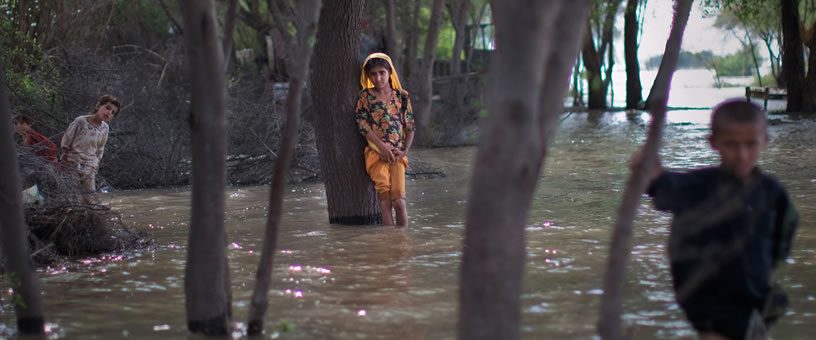
©UN-Habitat
Pakistan floods
But technology is not everything
However, climate change, migratory movements and the uneven growth of most cities have made it clear that technological control is not enough to solve the water problems, and there are many schools of thought that alert that the great potential of digital intelligence cannot lead us to forget that we need to find balanced growth models on a broad scale.
Regarding smart cities we have a good example in the flooding that hit Paris in June 2016. The complex “intelligent” system of the French capital, placed as the third smartest city after New York and London in the IESE ranking “Cities in Motion”, was not able to predict the consequences of the torrential rains that caused the most important flooding of the river Seine in the last 30 years. According to experts in urban ecology, such as the professor of the University of Harvard Richard T. T. Forman, one of the key figures in Landscape Ecology, a city cannot be isolated from the river basin it belongs to, it needs to establish a relationship with this river basin.
Forman advocates for respecting and interconnecting the areas devoted to water and biodiversity, something that is never done in the largest cities in the world, no matter how “intelligent” they are. In the future, the “intelligence” of the cities will not be measured by the use they make of new technologies, but by the relationship they establish with their environment. According to Landscape Ecology it is essential to resize cities to alleviate the serious imbalances caused to the environment in the last decades, which in some cases are even increasing. Not only do we need to rethink the hydrological network as a system that needs to be automatized, but also as that living and uncontrolled organism indicated by Leonardo and from which we should be learning all the time.
The paradox: better control and prediction for those who least need it
The generalization of technological control as a model of growth creates a paradox: in the poor world, where water and sanitation control is most needed, there is less access to technology. In those areas where drought and flooding are the greatest threats, the water managers have less capacity for forecasting. As indicated by Pedro Luis Peñalver, director of the engineering company Exceleria, during the debate Smart Water, Smart Cities, organised by the Foundation at the iWater venue in November, technology cannot be a barrier for those who do not have it:

There is already a positive competition in favour of the communities that use technological advances as opposed to those that do not, and this should be corrected. Technology should also serve to take an efficient management of water and sanitation to the slums, to fields decimated by drought, to women that need to walk to collect water, to those that suffer natural disasters… It would be advisable to go forward while remembering Leonardo: as the blood in our body, the blood of the earth must be present for life.


